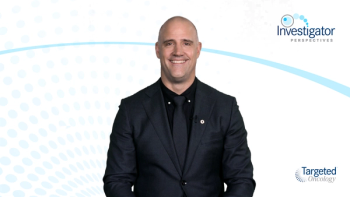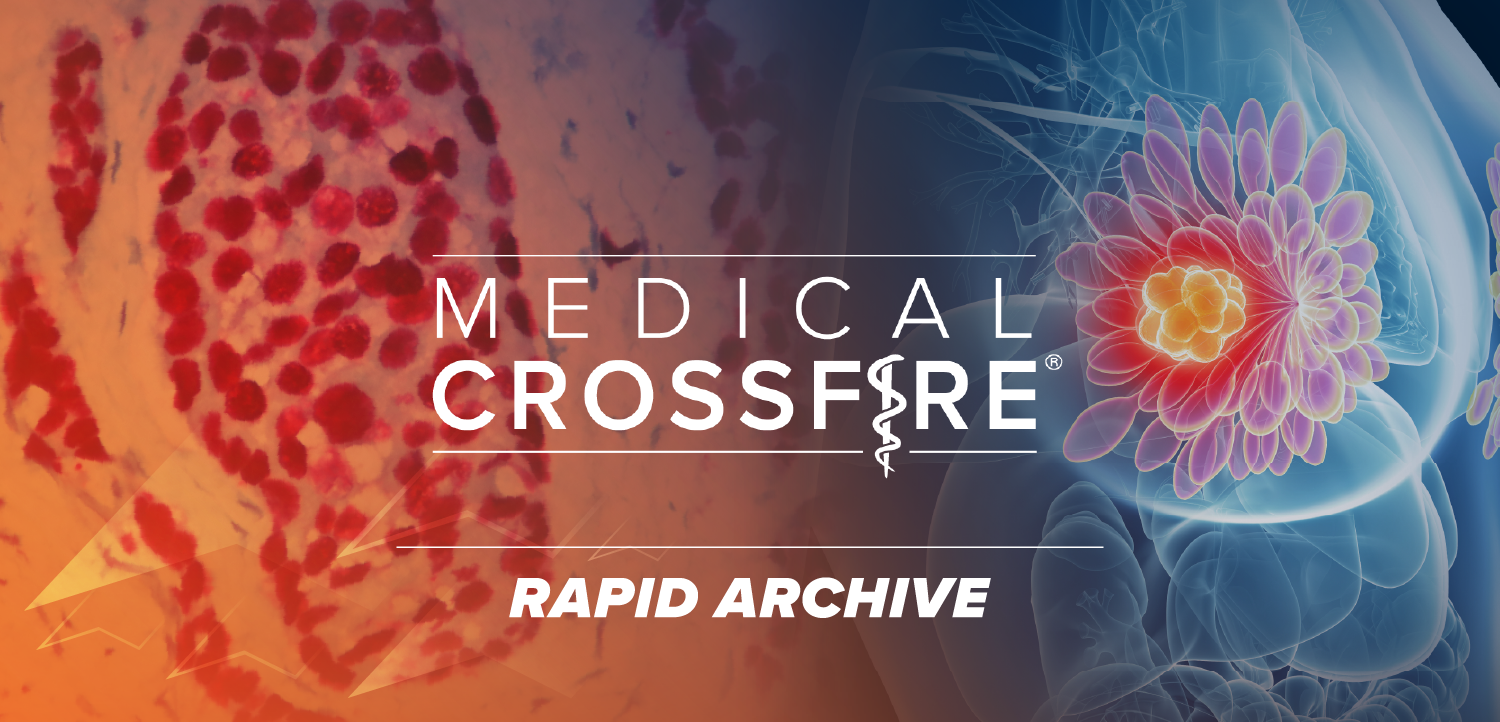
Key Insights for Managing Patients on Tagraxofusp Therapy for BPDCN
An expert discusses how effective use of tagraxofusp in blastic plasmacytoid dendritic cell neoplasm (BPDCN) requires proactive monitoring for capillary leak syndrome, liver toxicity, and myelosuppression, with structured protocols and multidisciplinary coordination—especially in community settings—to ensure early intervention and safe, successful treatment delivery.
Episodes in this series

Summary for Physicians: Monitoring and Managing Adverse Events with Tagraxofusp in BPDCN
Monitoring for Capillary Leak Syndrome (CLS):
- Baseline Assessment: Evaluate albumin, weight, blood pressure, and fluid status prior to each cycle.
- During Therapy:
- Daily monitoring of weight, blood pressure, and fluid balance during days 1 to 5 of treatment.
- Serum albumin monitoring—maintain greater than3.2 g/dL before dosing.
- Vigilance for early signs: edema, hypotension, sudden weight gain, and hypoalbuminemia.
- Prophylaxis: Albumin supplementation pre-dose, aggressive hydration, and diuretics as needed.
Academic vs Community Setting Considerations:
- Academic Centers:
- Access to multidisciplinary teams and intensive monitoring capabilities.
- More experience with rare toxicities and investigational therapies.
- Community Settings:
- May require coordination with tertiary centers for tagraxofusp (TAG) initiation.
- Clear protocols and early referral thresholds are critical.
- Consider inpatient administration for initial cycles to monitor for CLS.
Other Critical Adverse Events to Monitor:
- Liver Toxicity: Regular liver function test monitoring; interrupt TAG if grade 3 or higher elevations occur.
- Myelosuppression: Monitor for cytopenias and infections; use growth factor support or transfusions as needed.
- Central Nervous System (CNS) Events: Particularly important with known CNS involvement—monitor neurologic status closely and coordinate intrathecal therapy.
Management and Mitigation Strategies:
- CLS: Early detection and prompt intervention with intravenous albumin, diuretics, and corticosteroids if severe.
- Liver Toxicity: Hold or adjust dosing based on toxicity grade; avoid hepatotoxic agents.
- Infections: Prophylactic antimicrobials based on absolute neutrophil count trends; prompt workup and treatment of febrile episodes.
Key Takeaway: Proactive, structured monitoring and early intervention protocols are essential to safely administer TAG, particularly in community settings. Multidisciplinary collaboration improves outcomes and supports broader adoption of this targeted therapy in BPDCN.










































